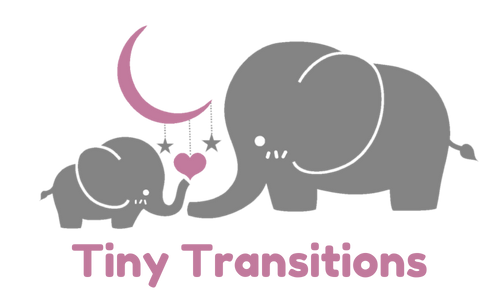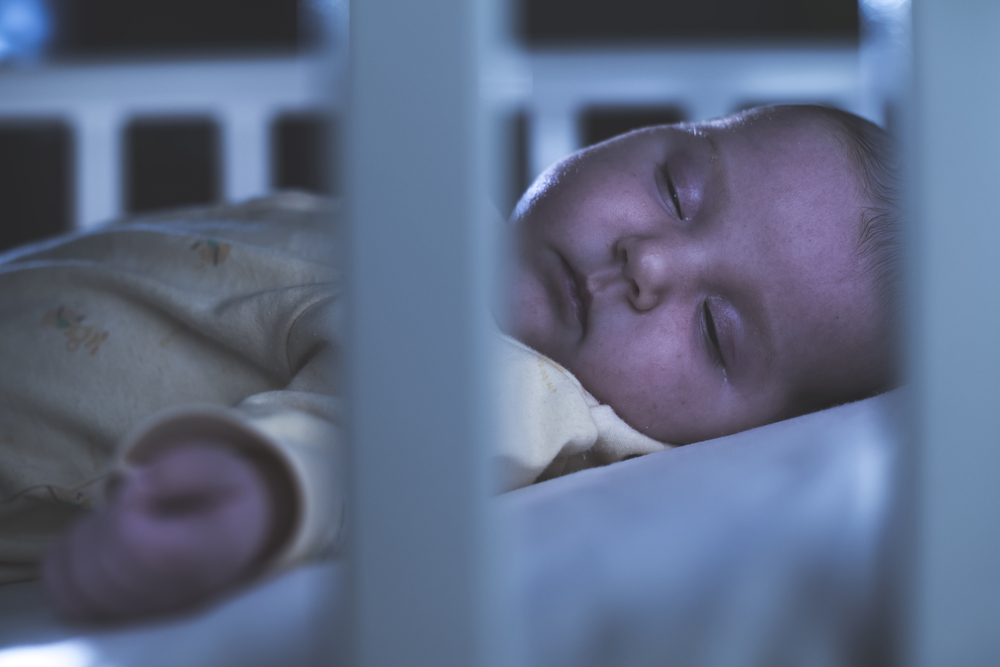Understanding how sensory processing affects sleep can be a game-changer for parents navigating the challenges of sleep training. If your child struggles with sensory processing disorder, you might find that their sleep issues are more complex than simply needing a bedtime routine. Let’s explore how sensory processing difficulties can impact sleep and discover effective strategies to help your little one rest peacefully.
- Understanding Sensory Processing and Sleep
- The Connection Between Sensory Processing and Sleep
- Sleep Training Strategies for Children with Sensory Processing Difficulties
- Tips for Parents
- Conclusion
Understanding Sensory Processing and Sleep
Sensory processing is how our brains interpret and respond to sensory information from our surroundings. For some children, especially those with sensory processing disorder, this can lead to challenges in falling asleep and staying asleep. Sensory overload can make it difficult for them to unwind, resulting in restless nights and tired days.
The Connection Between Sensory Processing and Sleep
Research indicates that children with sensory processing difficulties often face sleep problems, including trouble falling asleep, frequent awakenings during the night, and daytime fatigue. Their brains may struggle to filter out sensory stimuli, making it hard for them to relax and transition into sleep. This connection highlights the importance of addressing sensory needs when implementing sleep training.
Sleep Training Strategies for Children with Sensory Processing Difficulties
When it comes to sleep training with sensory processing disorder, a tailored approach is essential. Here are some effective strategies:
- Establish a Bedtime Routine: A consistent bedtime routine signals to your child that it’s time for sleep. This routine can help reduce sensory overload and anxiety. For more tips on creating a bedtime routine, check out our Bedtime Routine Guide.
- Create a Sleep-Conducive Environment: Ensure your child’s sleep space is dark, quiet, and cool. This helps minimize sensory stimuli and promotes relaxation.
- Use Deep Pressure Stimulation: Techniques like weighted blankets or gentle joint compressions can provide calming sensations, helping your child feel secure and relaxed as they drift off to sleep.
- Incorporate Sensory Integration Techniques: Activities such as brushing, joint compression, and gentle swinging can help regulate your child’s sensory system, making it easier for them to settle down for sleep.
Tips for Parents
As you embark on this journey of sleep training with sensory processing in mind, here are some tips to keep in mind:
- Be Patient and Consistent: Remember, sleep training can take time, especially for children with sensory processing difficulties. Consistency and patience are key to success.
- Work with an Occupational Therapist: Collaborating with an occupational therapist can help you develop a personalized sleep plan that incorporates sensory integration techniques tailored to your child’s needs.
- Keep a Sleep Diary: Tracking your child’s sleep patterns can help you identify potential sensory triggers and monitor progress over time.
Conclusion
Sleep training with sensory processing requires a comprehensive approach that takes into account your child’s unique sensory needs. By establishing a consistent bedtime routine, creating a sleep-friendly environment, and incorporating sensory integration techniques, you can help your child develop healthy sleep habits.
- Understanding sensory processing can illuminate the challenges your child faces with sleep.
- Implementing a structured bedtime routine can significantly improve sleep quality.
- Creating a calming sleep environment is crucial for children with sensory processing difficulties.
- Utilizing deep pressure stimulation and sensory integration techniques can aid relaxation.
- Patience and consistency are vital as you navigate this journey.
Ready to transform your child’s sleep experience? Contact Tiny Transitions today for personalized sleep consulting tailored to your family’s unique needs. Together, we can create a peaceful sleep environment for your little one.


